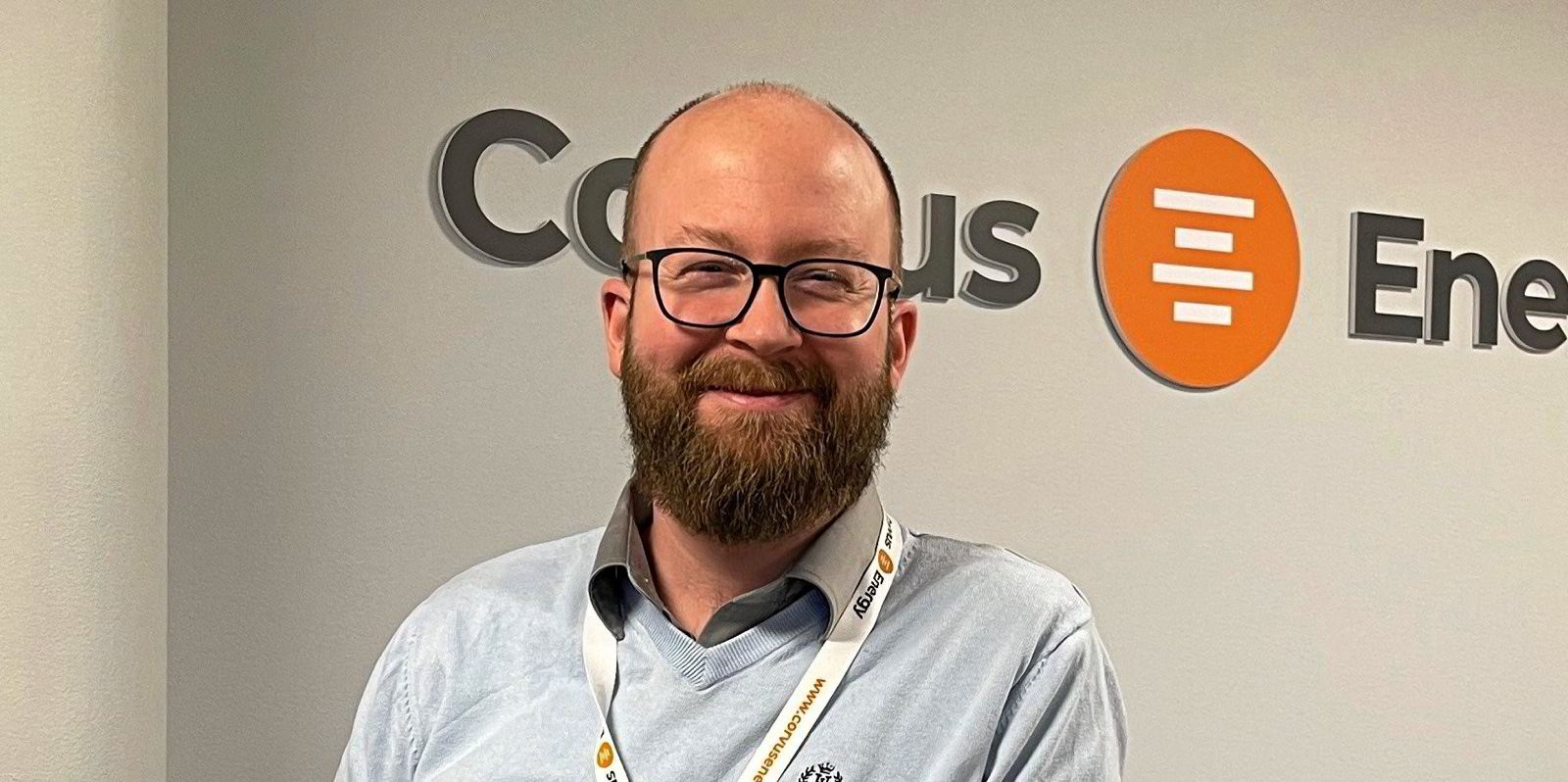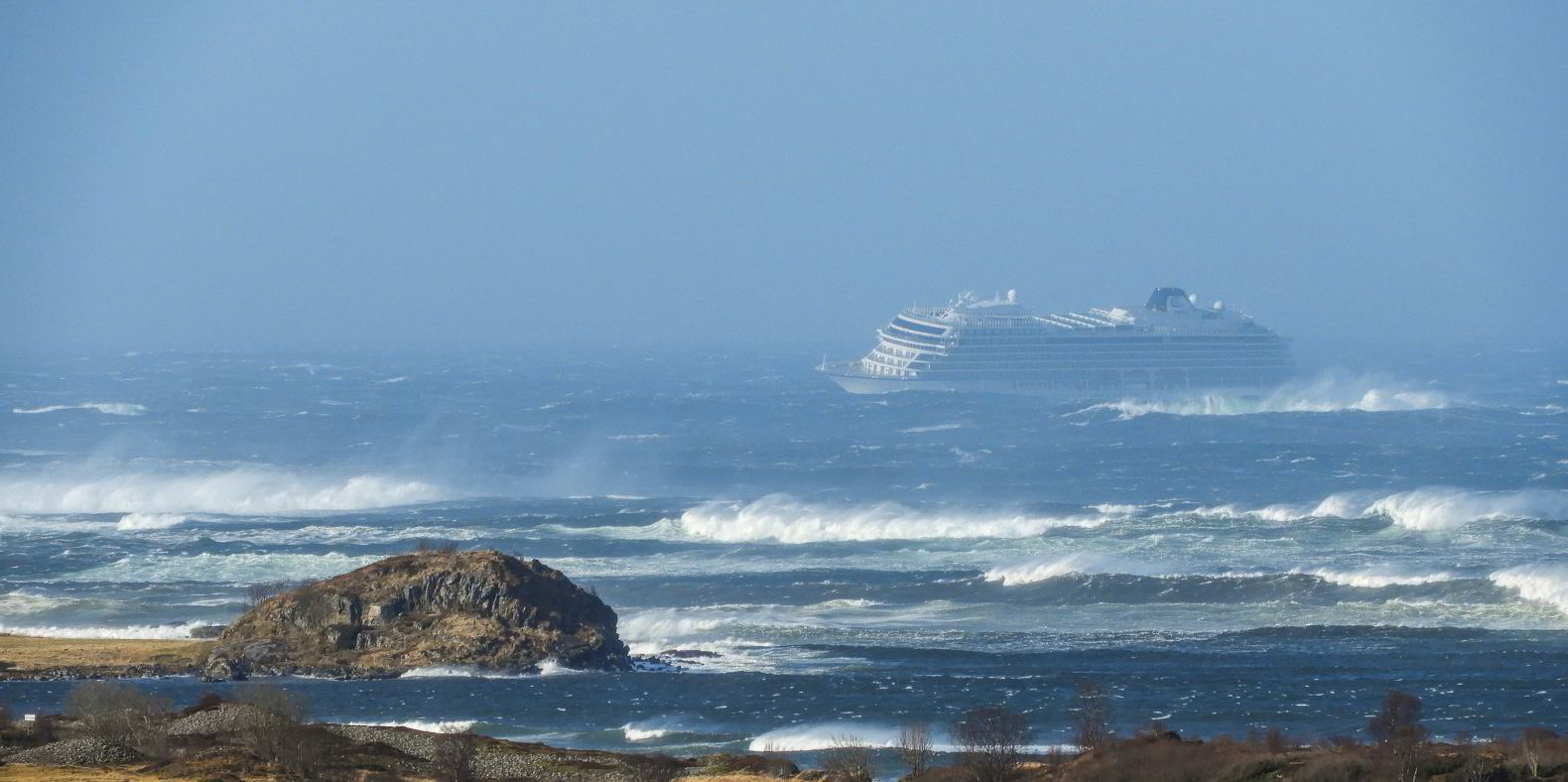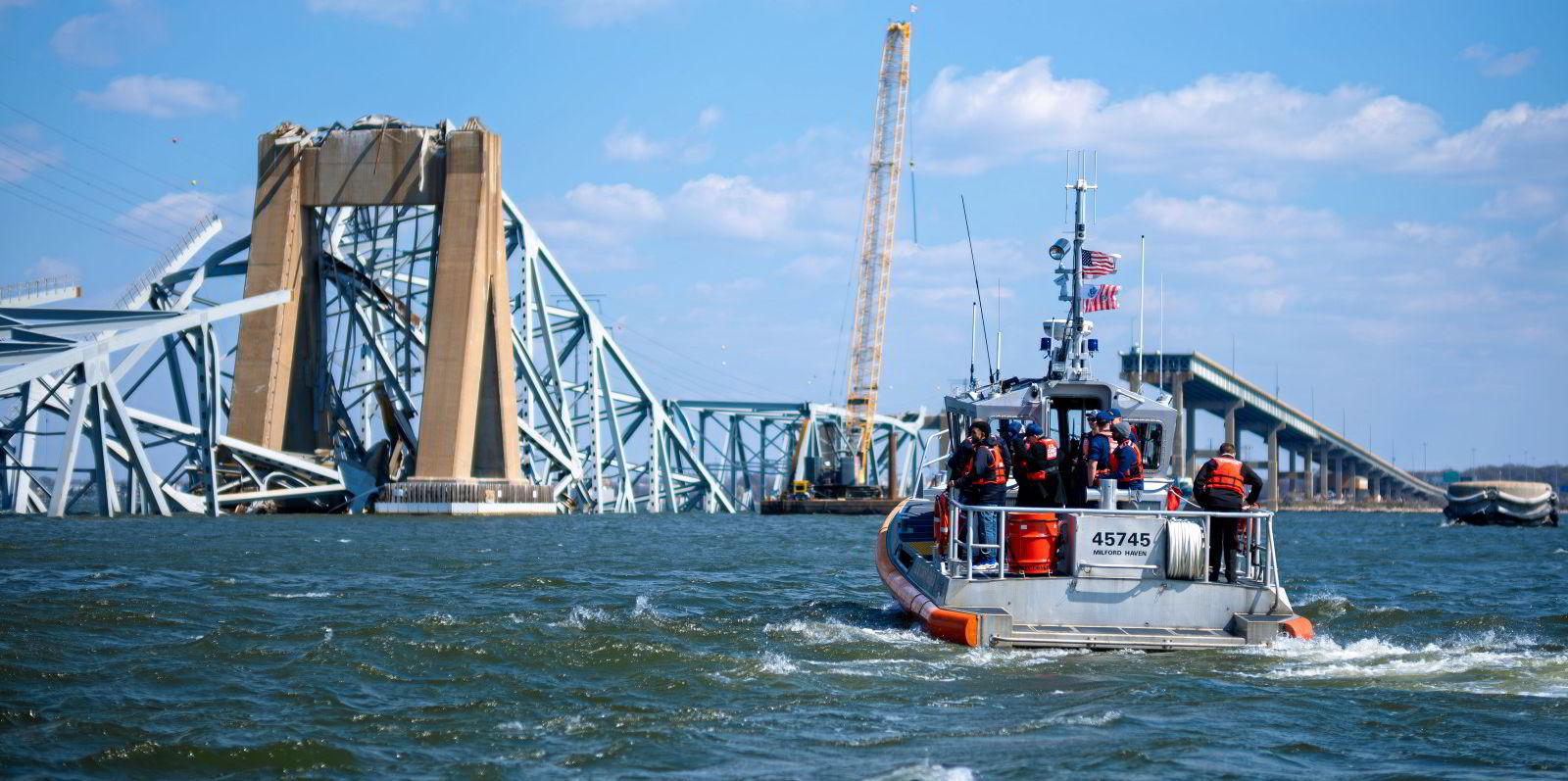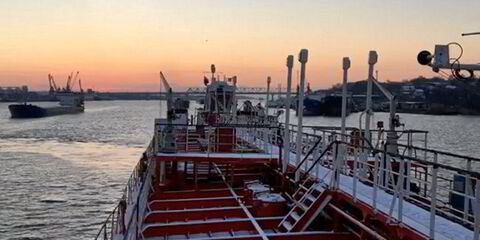A ship is not supposed to have a complete blackout. Experts will tell you there are backup systems and alarms to prevent them from happening, but they still do.
Whether it is the Dali’s disastrous collision with a bridge in Baltimore last week or the grounding of the cruise ship Viking Sky, blackouts keep happening.And with vessels becoming larger, more complex and soon with new fuels, when things go wrong it is likely to be more costly.
Kolbjorn Berge spent eight years at the Norwegian Maritime Authority before joining Bergen-based energy systems maker Corvus Energy in 2022.
He has gained a lot of experience building up the safety requirements for new technologies and fuels being built into modern tonnage. He believes batteries, which are a uninterruptible power supply (UPS), offer one solution.
If the Viking Sky had a marine battery system on board it would have been able to call on this to provide the power to remain safe, Berge says.
Marine batteries are now fairly common on hundreds of vessels, mostly coastal, but as technology improves power densities and costs, they are being installed on larger ships.
They tend to be used on diesel-electric hybrid vessels, although some smaller vessels are fully electric.
Most deep-sea vessels are direct-drive power engines, either two or four-stroke, with the engines coupled directly to a propeller shaft. Berge believes they could also be adapted to have battery backup.
“If a ship has a UPS battery then it gets more time to find a repair as they kick in to provide enough power,” he says.
An UPS does not need to be able to keep the whole engine running but would be enough to keep a vessel stable until repairs can be undertaken.

Marine batteries have evolved in power density over the years as Corvus and its competitors improve the technology.
They remain a popular choice in some shortsea sectors, but are appearing in designs where vessels seek zero emissions in ports, or can use the stored power of a battery for peak saving. This process involves marine engines being operated at an optimum load to create the least fuel consumption and additional power is provided by the batteries.
In such design Berge believes the power management system can be optimised to ensure the batteries always have a sufficient emergency reserve to come into play in the case of a vessel blackout.
The suggestion is not that the battery system replaces emergency switchboards and emergency generators on board vessels, he said, and he recognises some limitations for deepsea vessels with large two-stroke engines with direct shaft power to propellers.
Viking Sky and Hagland Captain: two blackouts in one
Five years ago the Viking Sky, a cruise ship with about 1,400 passengers and crew on board, ran into trouble in a storm off Norway, suffering a blackout and coming within minutes of running aground before its engines were restarted.
The accident investigation report released last month revealed that one of its four engines was under repair, which meant it lacked power redundancy.
Then, while in a storm, the hydraulic oil levels dropped critically low, resulting in air entering the lubrication system. This led to a failure of the other engines and the subsequent blackout.
Meanwhile, a small coastal vessel, the timber carrier Hagland Captain tried to render assistance to the stricken vessel before it also had a power failure, lost steerage and the crew had to abandon ship.

Berge argues that a UPS could have been instantly deployed onto the propeller to keep the vessels away from the coastline and heading into the storm, so putting them into a safer position, and not having the need to winch passengers off the deck into helicopters in a raging storm.
Shortly after the incident, the Hagland Captain became one of the first shortsea vessels to have a hybrid diesel/battery system installed, including a power take-in and take-off technology. Hagland has continued its run on building hybrid vessels since.
While Berge was careful not to be drawn into a discussion about the incident involving the 9,962-teu container ship Dali (built 2015) and investigation, he did recognise the vessel had a blackout before it struck the bridge.



